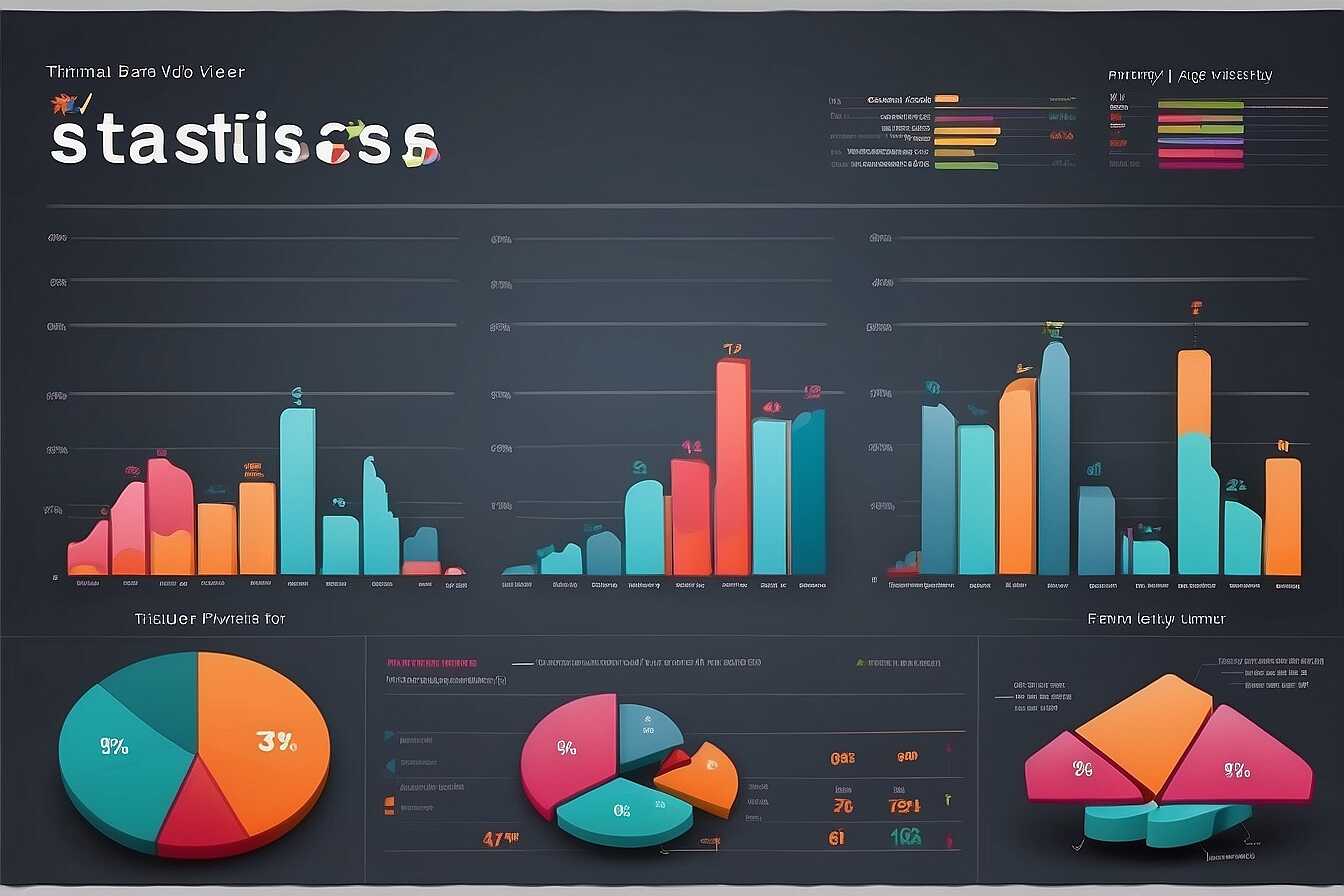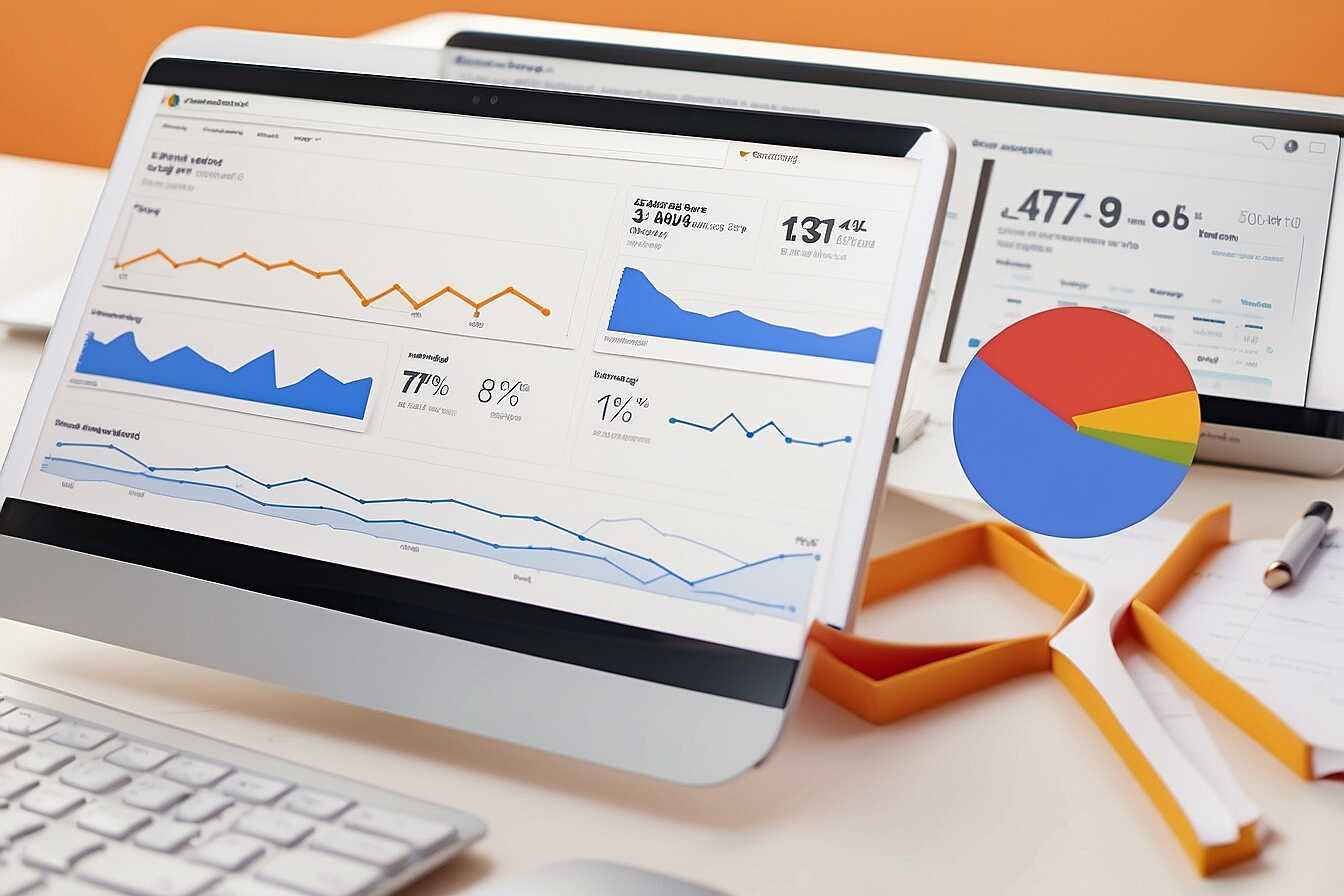To effectively measure link building ROI, it’s crucial to go beyond just counting links. Understanding the deeper metrics reveals the true impact of your link-building activities on SEO performance and conversion rates. At Metrics Rule, we specialize in delivering comprehensive insights and strategies that empower SEO professionals and digital marketers to accurately assess the value of their efforts. By analyzing multiple performance indicators, we can help you optimize your link building and enhance overall marketing success.
What Link Building Is and Its Fundamental Role
Link building is the process of acquiring hyperlinks from other websites to your own. These hyperlinks, known as backlinks, are crucial for SEO as they signal to search engines the reliability and authority of your website. A strong link building strategy can enhance your site’s visibility in search results and drive organic traffic. The importance of backlinks lies in how they improve SEO performance metrics, enhance domain authority, and provide valuable referral traffic that can boost conversions. Different link building strategies include guest posting, resource page link building, and broken link building. A website should aim for a diverse link profile, ideally acquiring quality backlinks from reputable sources to see substantial gains in SEO performance.
Types of Link Building Strategies That Enhance SEO Effectiveness
Understanding link building strategies can significantly enhance your website’s SEO effectiveness. Each strategy has specific features designed to yield the best results. For instance, guest posting allows you to showcase your expertise while gaining quality backlinks. Similarly, engaging in resource page link building helps you connect your valuable content to relevant, authoritative sites. Broken link building enables you to identify opportunities where your content can replace non-functioning links on other sites, offering mutual benefit. Implementing these links carefully can lead to a durable and reliable backlink profile, ensuring long-term improvements in your website’s search engine rankings and generating sustained organic traffic.
Key Performance Indicators for Link Building Success
Measuring the success of your link building efforts involves monitoring essential KPIs. Key Performance Indicators for link building performance include metrics such as traffic improvement metrics, conversion rate tracking, domain authority changes, and referral traffic sources. It’s important to analyze how different types of backlinks, like dofollow and nofollow, contribute to SEO effectiveness measures. A reliable approach is to set specific goals and evaluate the percentage of traffic improvement typically expected from a successful campaign, which can range from 10% to 30% based on various factors.
Understanding the Impact of Backlink Types on SEO
Backlink types analysis is critical for enhancing link building strategies. Dofollow links are essential for passing link equity to your site, enhancing domain authority, and improving crawling efficiency. In contrast, nofollow links do not directly impact SEO but can still drive referral traffic and brand visibility. Monitoring the ratio of dofollow to nofollow links can provide valuable insights into your overall SEO health. A balanced approach ensures that you maximize both direct link equity and indirect traffic benefits, leading to better results in your SEO campaigns.

Link Building Impact on Traffic Quality and Conversions
High-quality link building significantly improves organic traffic quality by driving relevant visitors to your site. When your website earns backlinks from authoritative sources, it not only enhances your site’s reliability but also ensures that the traffic arriving is more likely to convert. Specific types of backlinks, such as those from industry-related blogs, news outlets, or reviews, are proven to enhance conversion rates in e-commerce. Research shows that effective link building strategies can lead to conversion rate increases averaging around 17%.
High-Quality Backlinks and Their Role in E-Commerce Success
High-quality backlinks play a crucial role in e-commerce success by establishing your site as a trustworthy authority. When reputable sites link to your products or content, it boosts your visibility in search engines like Google and Bing. This increases your organic traffic and insightfully attracts users ready to make purchases. A well-structured link building strategy that focuses on quality over quantity can easily enhance user experience and overall site performance. By leveraging analytics, you can track which backlinks deliver the most traffic and conversions, ensuring that your efforts yield reliable business results.
Essential Numerical Insights on Link Management Performance
- Over 60% of marketers find it challenging to quantify link building ROI.
- Studies show a correlation of 70% between quality links and increased search rankings.
- Businesses can see a 10-25% increase in traffic from effective link building.
- On average, 44% of businesses invest in link building as part of their SEO strategy.
- Companies reporting link building success can experience a 15% boost in conversions.
- About 40% of marketers revise their link strategies annually for better measurement.
- Top-performing link building campaigns achieve up to 5 times the initial investment return.

Assessing Cost-Effectiveness of Link Acquisition Methods
To assess the cost-effectiveness of link acquisition strategies, begin by evaluating specific methods such as guest blogging, sponsored content, and broken link building. Each method should include a detailed cost analysis that covers time, resources, and direct financial expenditures. Compare each acquisition strategy by calculating the ROI to determine which links provide reliable, measurable benefits to your SEO efforts. For practical insights, analyze data from your previous campaigns to ascertain which approaches have helped enhance performance metrics. By employing performance benchmarking, you can identify trends in your link-building efforts that may indicate where to allocate budgets more effectively. Understanding how different types of backlinks align with your overall SEO campaign budget will optimize resource management and achieve better results.
Evaluating Budget Allocation for Link Acquisition in SEO
When evaluating budget allocation for link acquisition in SEO, take into account the distinct characteristics and expected performance of each link type. Invest in high-quality backlinks that have proven reliability and authority in your niche, as they will deliver measurable ROI against the costs involved. Employ analytics tools to track the results and compare the effectiveness of your expenditures on various acquisition methods. This analysis will help you understand which strategies are worth the investment and which may need to be re-evaluated. By systematically reviewing your spending and linking strategies, you will enhance your ability to allocate budgets in a way that maximizes your overall link-building ROI, ensuring long-term success in your SEO efforts.

Essential Tools for Effective Link Building Analysis
Finding the right link analysis tools is crucial for evaluating your link building performance. Popular options such as Ahrefs, Moz, and SEMrush provide comprehensive features that allow users to analyze data effectively. Ahrefs offers historical data on backlink profiles and top-performing content, while Moz includes a Domain Authority metric to gauge link quality. SEMrush integrates competitor analysis, helping you identify link building opportunities. Studies suggest that using a combination of these tools can lead to a potential 20% increase in organic traffic over six months, underscoring the importance of reliable evaluation methods in link building strategies.
Comparing Features of Leading Link Analysis Tools
When comparing leading SEO tools, users should consider which features best meet their needs for link building analysis. Ahrefs excels in providing detailed backlink profiles, offering insights into the reliability of each link acquired. Moz’s Link Explorer is designed to help users assess link quality through Domain Authority and spam scores, enhancing the reliability of link assessments. On the other hand, SEMrush provides a broader suite of features including keyword tracking and competitor backlink analysis, ensuring users have a comprehensive view of their link building efforts. This strategic comparison helps users choose the best tool that delivers on link building metrics and performance evaluation, essential for driving results in their SEO campaigns.
Valuable Advantages of Effective Link Strategy Evaluation
- Enhances website authority and improves domain credibility over time.
- Boosts visibility in search results, leading to more organic traffic.
- Increases referral traffic from relevant websites, improving user engagement.
- Effective link building aids in reaching target audiences more efficiently.
- Using insights from link data can inform future content strategies.
- Improves overall website performance and reduces bounce rates.
- Creates opportunities for collaboration and partnerships within your industry.

Integrating Link Building with Broader SEO Objectives
To effectively align link building initiatives with broader SEO objectives, focus on clear strategies that correlate results with marketing success. First, identify your main SEO goals, such as increasing organic traffic or enhancing brand authority. Next, utilize metrics like Domain Authority and referral traffic to gauge link effectiveness. It’s essential to assess how link building impacts conversions and sales growth. Reliable analysis of historic traffic data and comparing current results against past performance will help you understand the full impact of your efforts.
Key Metrics for SEO and Link Evaluation
Key metrics for evaluating the performance of link building initiatives must include organic traffic growth, conversion rates, and engagement metrics. Use tools like Google Analytics to track user behavior post-click through links. For instance, analyzing bounce rates or session durations can reveal the quality of incoming traffic. Additionally, setting up goals for conversions in analytics allows you to see how many visitors from link-building efforts turn into customers. This data can provide you with invaluable insights, ensuring your link building aligns with your overall SEO objectives and boosts your site’s performance effectively.
Real-World Examples of Effective Link Building ROI Measurement
Many organizations have used various methods to measure link building ROI. Effective strategies include analyzing organic traffic growth, monitoring conversion rates, and evaluating engagement metrics. One company, an e-commerce platform, saw a 35% increase in organic traffic after implementing detailed link tracking measures. They used analytics tools to identify which backlinks contributed most to their traffic increases, allowing them to focus on high-impact links. Another case involved a tech company that measured its ROI by calculating the revenue generated per inbound link. They found that for every $100 spent on link building, they earned $250 through increased sales, proving their strategy’s effectiveness.
Insights from Leading Companies on Link Building ROI Measurement
Leading companies provide valuable insights into measuring link building ROI effectively. For instance, a renowned digital marketing agency highlighted the importance of using Google Analytics to track referral traffic from specific backlinks. They developed structured reports that linked increases in sales to precise campaigns or link placements. Learning from their experience, businesses can enhance their own strategies by employing similar methods. By focusing on reliable data and user engagement, companies can refine their link building tactics to improve overall performance. This type of rigorous analysis ensures that organizations make informed decisions that directly impact their SEO success and lead to greater conversions.
Brands and Examples Related to Link Performance Tracking
- HubSpot: Offers comprehensive tools for measuring inbound links and traffic sources.
- Ahrefs: Excels in backlink analysis but can overwhelm newcomers.
- SEMrush: Provides robust reporting options but requires learning time.
- Google Analytics: Essential for tracking conversions but needs proper setup.
- BuzzSumo: Great for content performance but may not show detailed link metrics.
- Moz: Good for domain authority tracking, but it can be expensive for new businesses.
- Content marketers often seek ways to leverage link data for enhanced user outreach.
Actionable Best Practices for Continuous Improvement in Link Building
To assess link building strategies effectively, focus on continuous improvement through regular analysis of SEO metrics. Establish a routine using data sources such as Google Analytics and backlink tools, which provide essential insights. Companies should consider metrics like referral traffic, domain authority, and conversion rates to evaluate performance. Adapting based on these results helps in enhancing your overall strategy. A good rule to follow is dedicating around 20% of your SEO efforts to link building while integrating it with on-page optimizations, which plays a critical role in your overall ROI.
Implementing Data-Driven Link Building Enhancements
Implementing a data-driven approach to enhance link building involves tracking specific SEO metrics and applying analytical insights. Reliable tools like SEMrush or Ahrefs can help monitor backlink profiles and assess the quality of links acquired. When reviewing your link strategy, ensure you are focusing on high-quality domains that lead to an improved domain authority. By setting benchmarks and regularly comparing your results against those metrics, you can enhance your strategies effectively. Regular data analysis will not only improve your rankings on search engines like Google and Bing but also increase your conversion rates, delivering a significant ROI over time.
